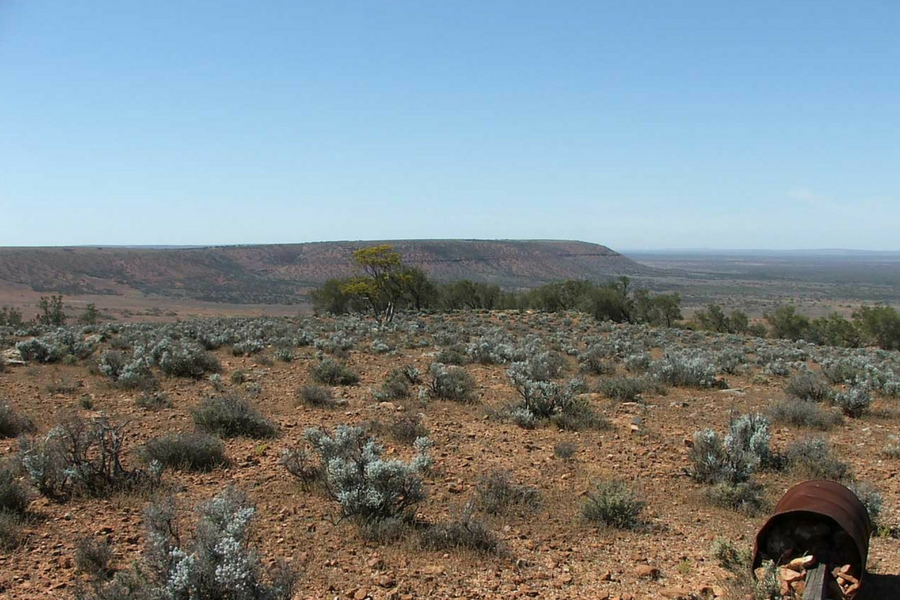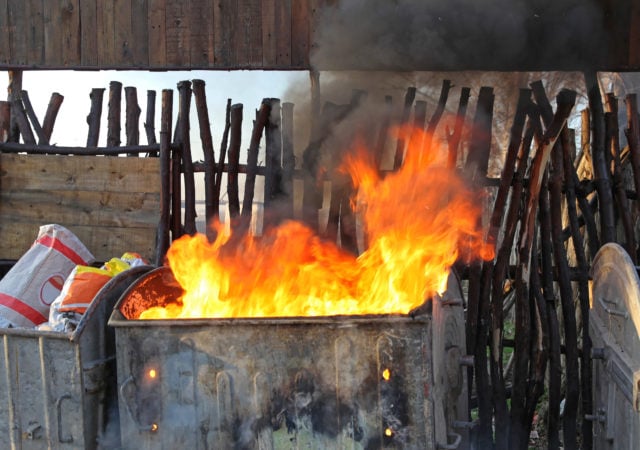Australia’s Clean Energy Finance Corporation (CEFC) has committed $150 million in debt funding to Nexif Energy Australia for the building of stage one the Lincoln Gap wind farm in Port Augusta, South Australia.
Once complete, the Lincoln Gap project will produce 212 megawatts (MW) through 59 wind turbines, or enough electricity to power around 155,000 homes.
The CEFC funding, combined with further funds from Investec, will finance a 10MW battery energy storage system, which will be able to produce up to 10 megawatt-hours (MWh) of “fast-response” storage capacity.
Andrew Gardner, wind sector lead at the CEFC, said the project demonstrates how Australia can move to the “next phase” of the clean energy transition, incorporating new technologies at the greenfield development stage to create a stronger, more integrated grid.
“Large-scale battery technology is developing rapidly, and we expect costs to fall significantly, as we have seen with wind and solar,” he said.
“This is the first development project in Australia which has been able to secure debt finance for a grid-connected large-scale battery component on a non-subsidised basis. It provides an important financing model for other developers and investors wanting to be at the forefront of closer integration of renewables into the grid.”
Zeki Akbas of Nexif Energy Australia, which is backed by private equity firm Denham Capital and whose parent company is headquartered in Singapore, said the firm has worked to develop a “highly productive” and “practical” renewable power model attractive to investors because of the “real and sustainable” benefits it will bring customers and communities.
“We are pleased to include grid-scale battery storage as an essential part of the wind farm investment and were happy to receive strong support and encouragement from the CEFC as our investment partner. With the scalable battery storage at Lincoln Gap we will be able to offer more flexibility to the national grid and improve the reliability of the system,” he said.
The Lincoln Gap wind farm project was first flagged in 2004, with development approval granted in 2006. With construction to begin by the end of this month, it is expected to be operational by mid-2018.
The project has secured two long-term Large Scale Generation Certificate (LGC) agreements with ERM Power, and a long-term electricity offtake agreement with Snowy Hydro. It will feed into the national electricity grid via the ElectraNet transmission network.
The Lincoln Gap project is expected to be operational from mid-2018. It has secured two long term Large Scale Generation Certificate (LGC) agreements with ERM Power and a long-term electricity offtake agreement with Snowy Hydro. It will feed into the national electricity grid via the Electranet transmission network.
The news comes after Tesla’s Elon Musk stated as part of the company’s third quarter earnings results last week that the installation of the Tesla battery in South Australia, which will be the world’s largest installation of lithium ion battery storage, is more than 80 percent complete, with the company on track to finish in time for the 100 day deadline.
The CEFC earlier this year announced $20 million in funding for peer-to-peer lending platform RateSetter, to fund the launch of a green loan marketplace.
The platform will look to provide borrowers with loans for the buying of approved energy efficient products, the aim to incentivise both businesses and individuals to take on clean energy technologies, from solar panels to electric vehicles, energy efficient lighting, emissions-reducing industrial applications, and more.
Image: the Lincoln Gap project site.




















Trending
Daily startup news and insights, delivered to your inbox.